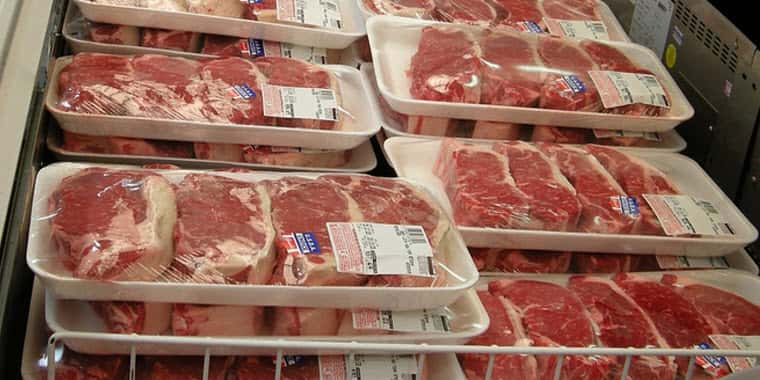After months of negotiations, Brussels and Washington have reached an “agreement in principle,” which would see the EU ring-fence part of its hormone-free beef quota for U.S. suppliers.
A Commission spokesperson told IEG Policy the mutually agreed way forward includes a “U.S.-specific allocation” for part of the annual 45,000 metric ton quota volume. The import quota was set in 2009 by the EU after the bloc lost a World Trade Organization dispute over its ban on hormone-treated beef.
It is not yet clear how much will be reserved for U.S. suppliers, but various sources have previously speculated it could be between 30,000 and 35,000 metric tons. Other nations have largely served to meet the quota, crowding out U.S. beef producers
This would leave between 10,000 and 15,000 metric tons for all other eligible countries, which include Australia, New Zealand, Uruguay and Argentina.
“The draft agreement in principle has been communicated by the European Commission to the European Parliament and to EU Member States,” the spokesperson confirmed, adding that “member states are requested at this point (only) to endorse the European Commission’s approach”.
The U.S. has long been unhappy with how much of the so-called ‘481’ beef quota is taken up by rival suppliers – given that it was originally created as a solution to a dispute between Brussels and Washington.
Faced with the threat of retaliatory sanctions, the European Commission first signaled its willingness to renegotiate quota arrangements in early 2018.
This could mean premium prices for all-natural cattle may continue with consumers, domestically and abroad, demanding this type of beef.
###
DTN
NAFB
Northern Ag Network


